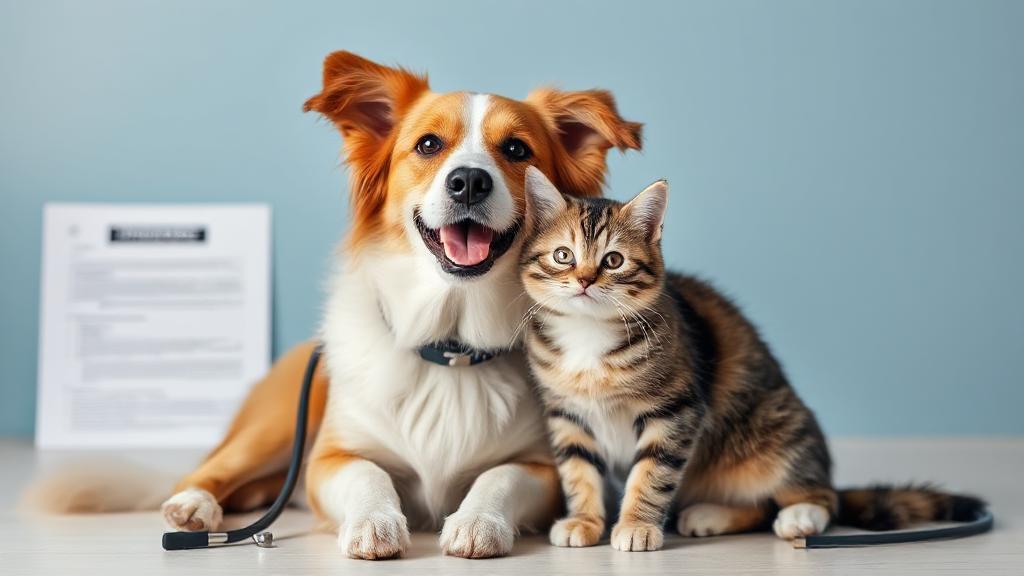Introduction to Pet Insurance
Pet insurance is a type of health coverage designed to help pet owners manage the costs associated with veterinary care. As veterinary medicine advances, treatments and procedures can become quite expensive, making pet insurance an attractive option for many pet owners. According to the North American Pet Health Insurance Association (NAPHIA), the number of pets insured in North America has been steadily increasing, with over 2 million pets insured in 2020.
Basic Coverage Types
Accident-Only Coverage
This most basic form of pet insurance covers injuries resulting from accidents, such as:
- Broken bones
- Cuts and lacerations
- Ingestion of foreign objects
- Vehicle-related injuries
- Snake bites
Accident and Illness Coverage
The most comprehensive and popular option includes:
- All accident coverage
- Disease treatment
- Cancer care
- Infections
- Digestive problems
- Chronic conditions
Wellness Coverage
Often available as an add-on package, wellness coverage handles routine care:
- Annual check-ups
- Vaccinations
- Dental cleanings
- Flea and tick prevention
- Heartworm medication
What's Typically Not Covered
Understanding exclusions is crucial when selecting a pet insurance policy. Common exclusions include:
- Pre-existing conditions
- Cosmetic procedures
- Breeding costs
- Experimental treatments
- Grooming services
- Behavioral treatments (in some policies)
Reimbursement Models
Most pet insurance providers use one of these reimbursement approaches:
| Model Type | Description | Typical Range |
|---|---|---|
| Percentage | Reimburses a set percentage of the bill | 70-90% |
| Benefit Schedule | Pays a set amount per condition | Varies by procedure |
| Deductible First | Pays after annual deductible is met | $100-1000 |
Factors Affecting Coverage and Cost
Several elements influence coverage and premium costs:
- Pet's age
- Breed (some are prone to specific health issues)
- Location
- Coverage level
- Deductible amount
- Reimbursement percentage
Making a Claim
The typical claims process involves:
Choosing the Right Policy
When selecting a pet insurance policy, consider the following:
- Assess Your Pet's Needs: Consider your pet's age, breed, and health history
- Compare Providers: Look at different insurance companies and their offerings using resources like Pet Insurance Review
- Read the Fine Print: Understand terms, conditions, and exclusions
- Check Coverage Limits: Review annual and lifetime coverage limits
- Consider Waiting Periods: Understand mandatory waiting times for different conditions
Recent Industry Trends
The pet insurance industry continues to evolve with new offerings:
- Direct vet payment options
- Telehealth coverage
- Behavioral therapy inclusion
- Dental illness coverage
- Alternative medicine benefits
For more detailed information about pet insurance options, consider visiting resources like the American Veterinary Medical Association (AVMA) or the American Animal Hospital Association (AAHA) websites.
